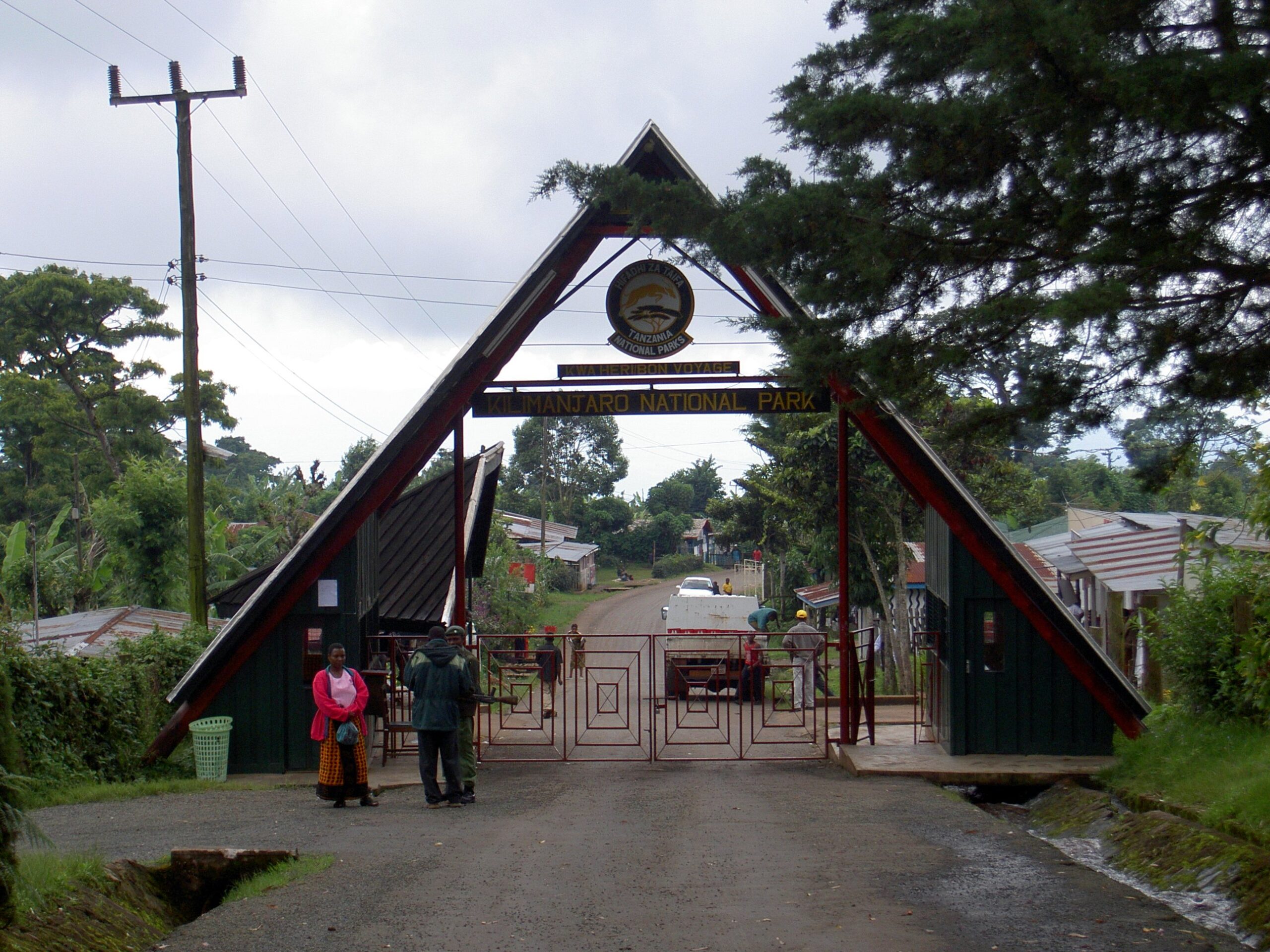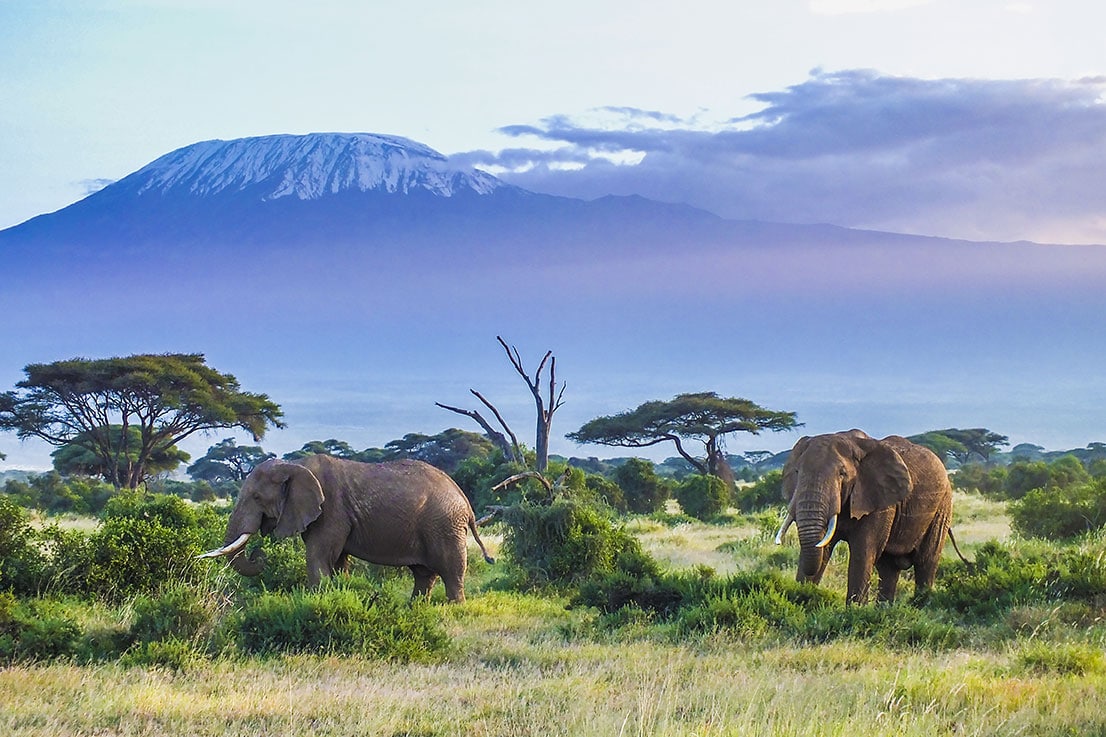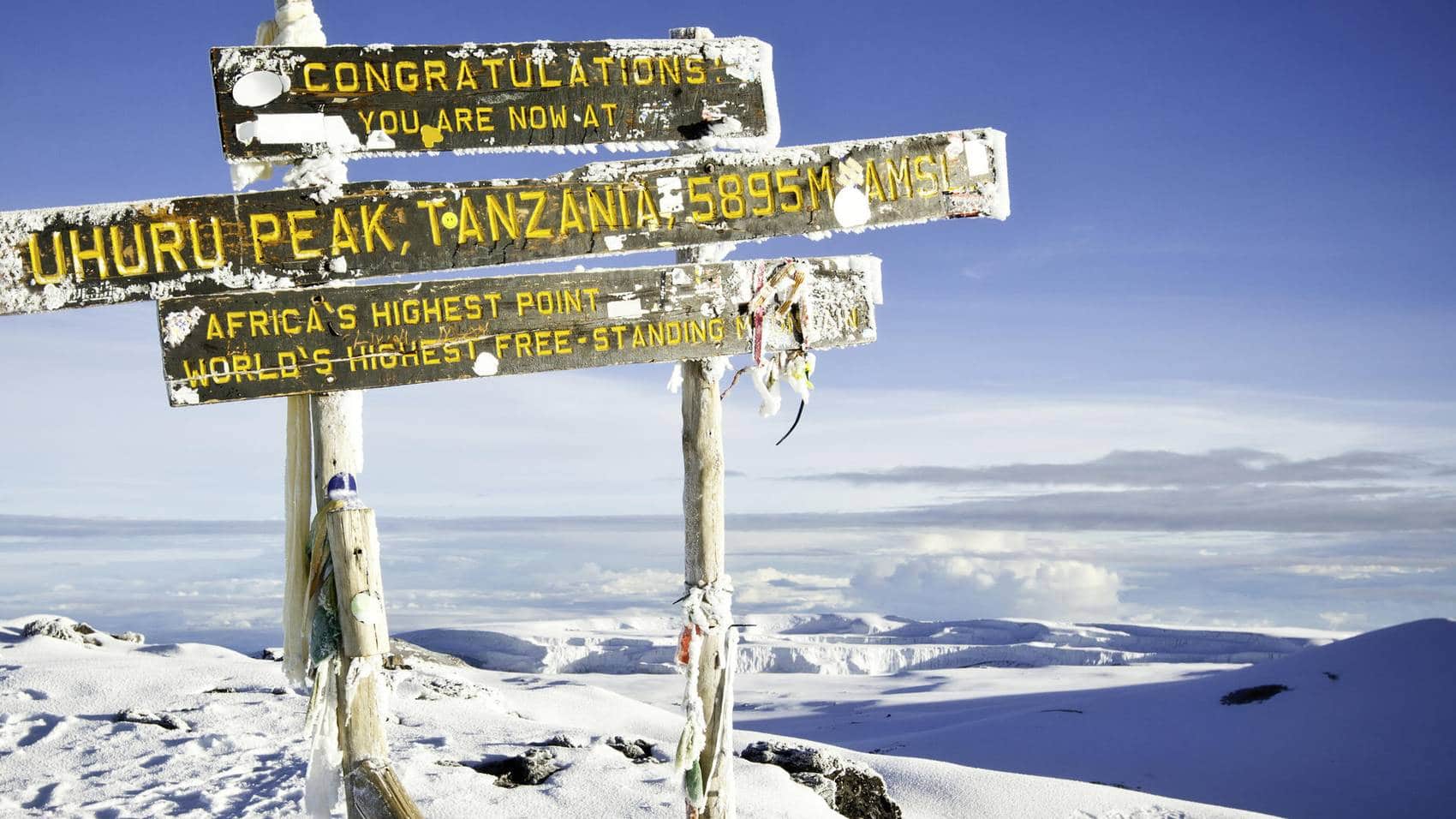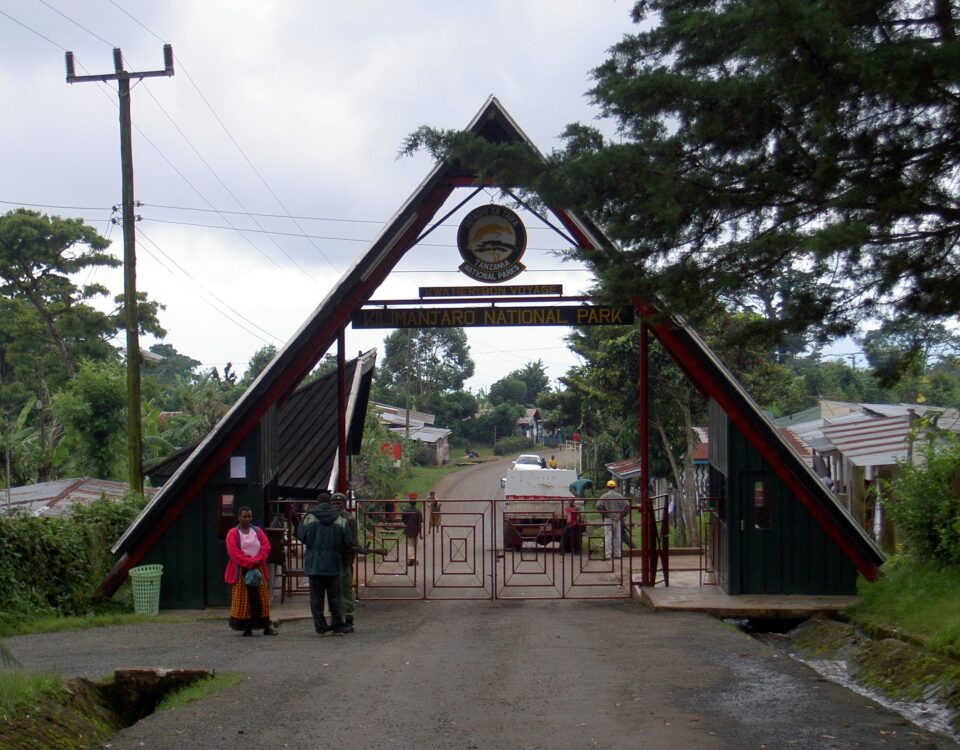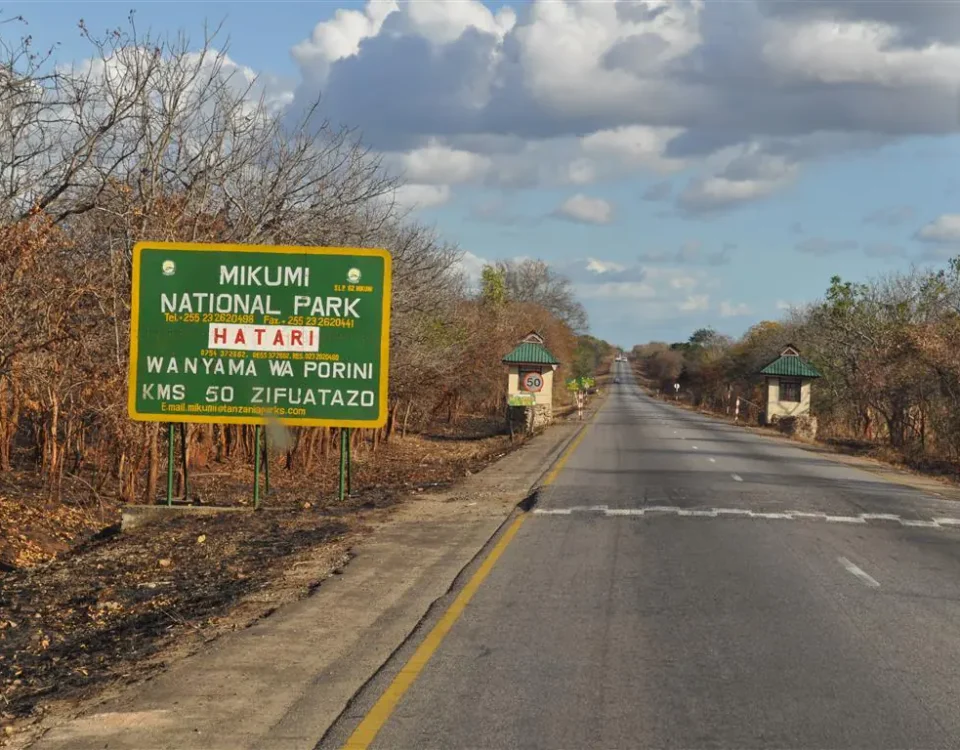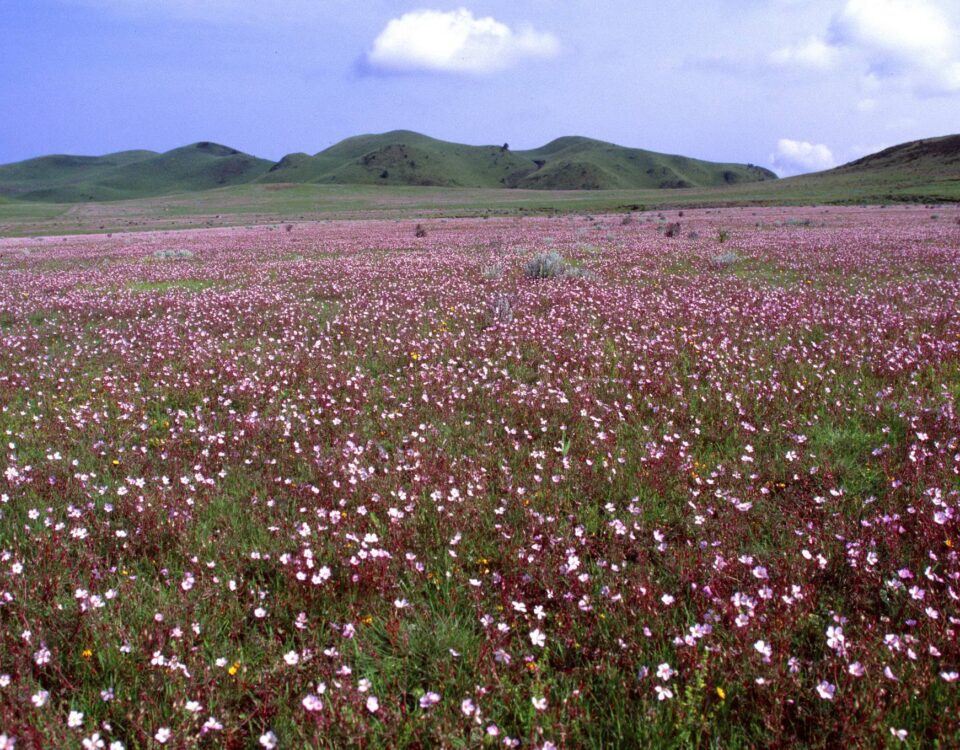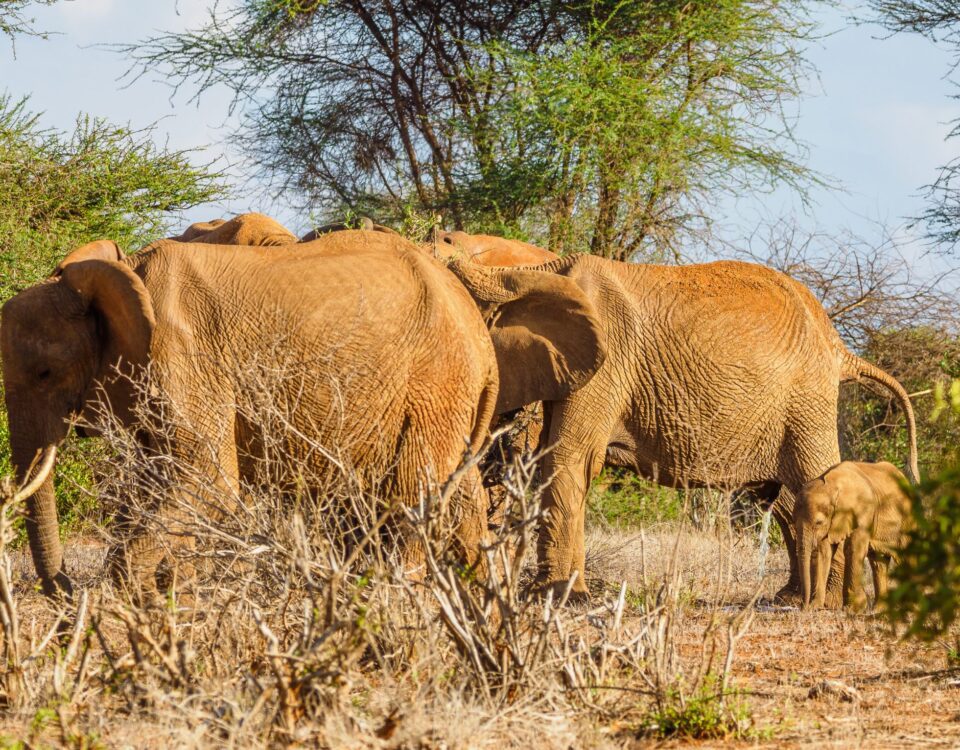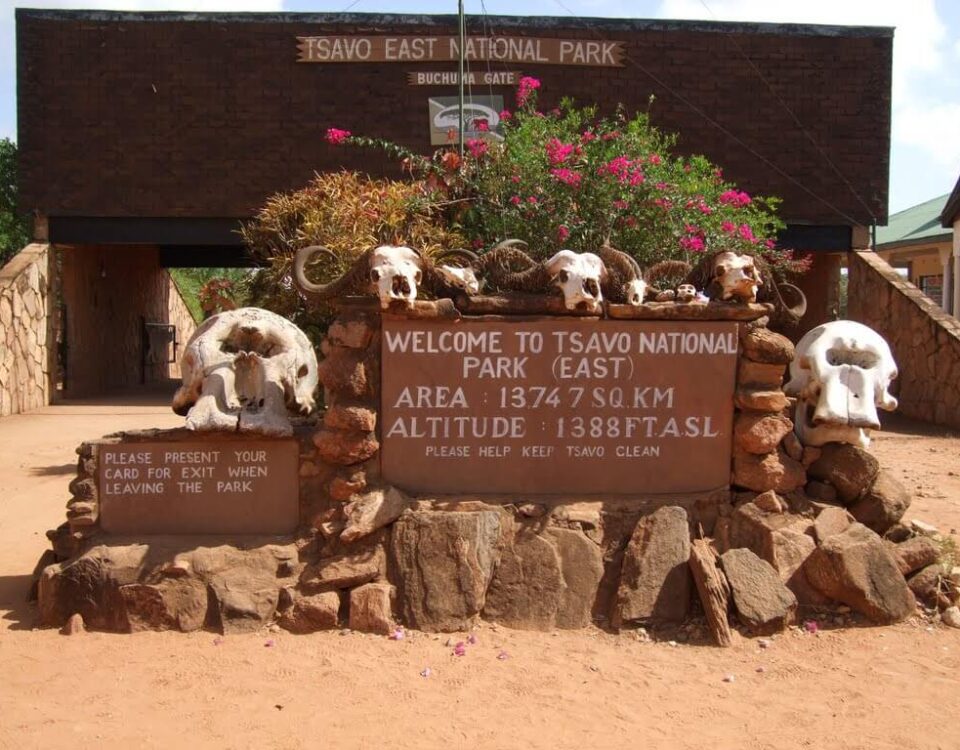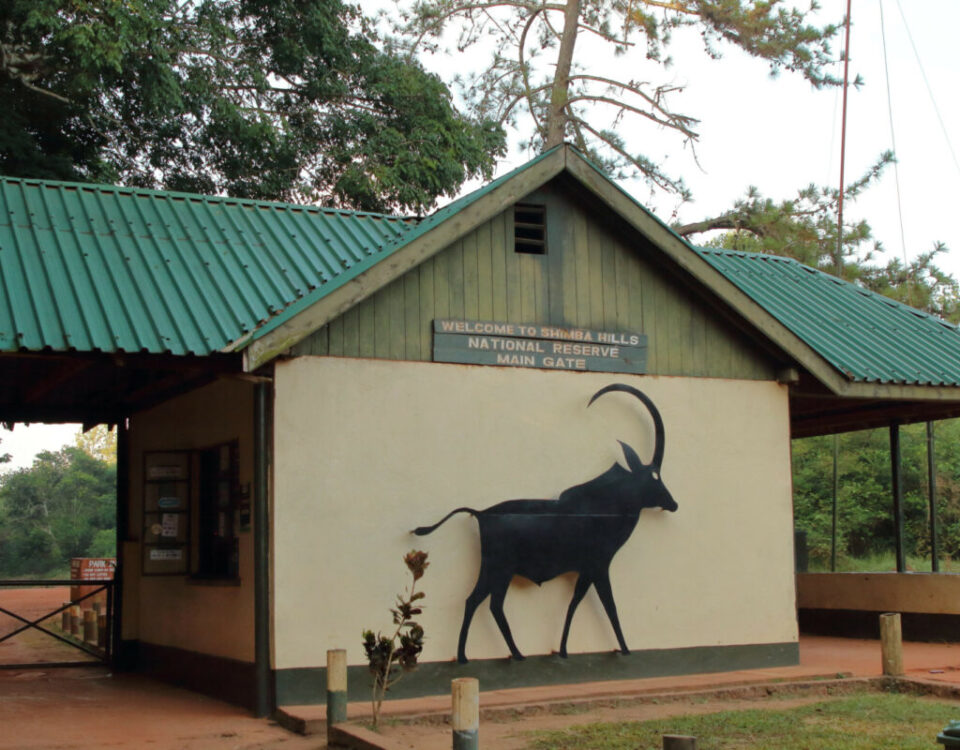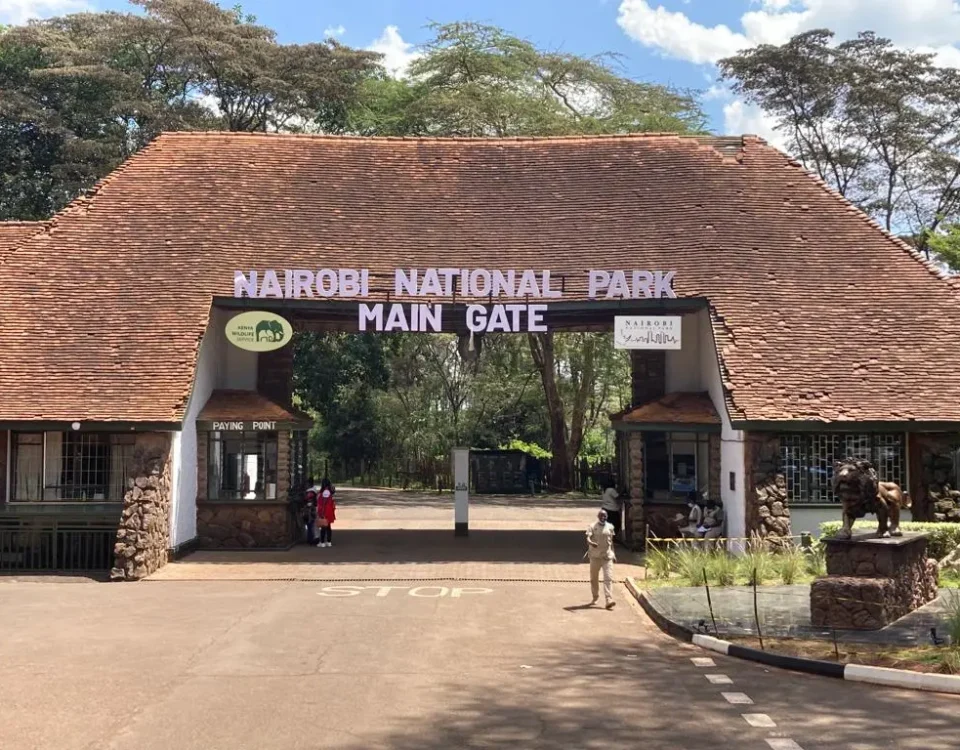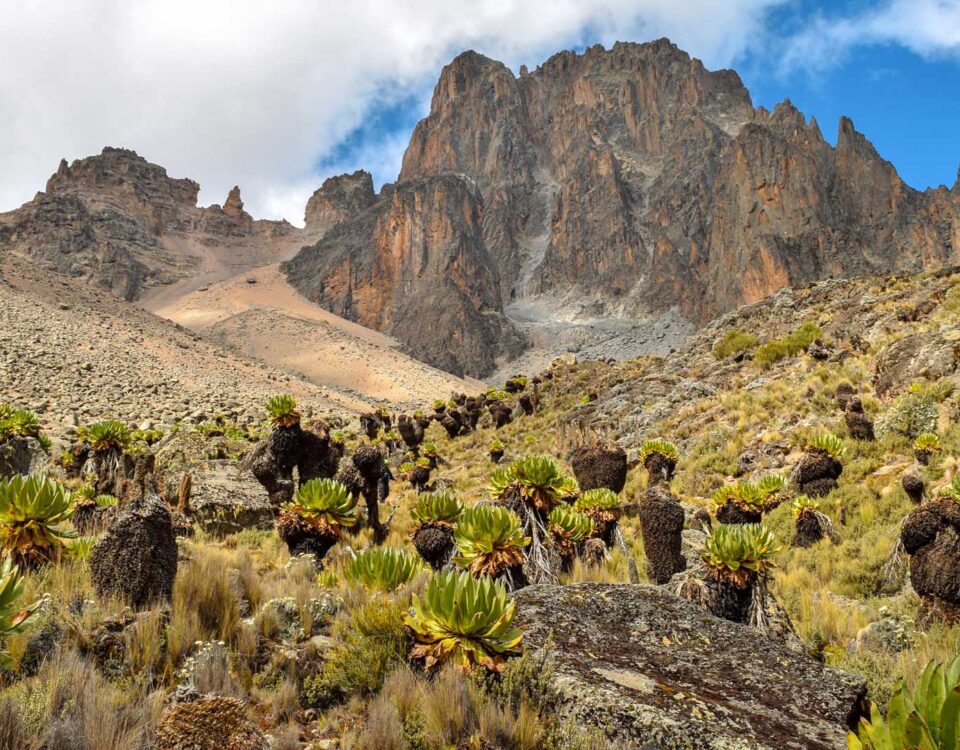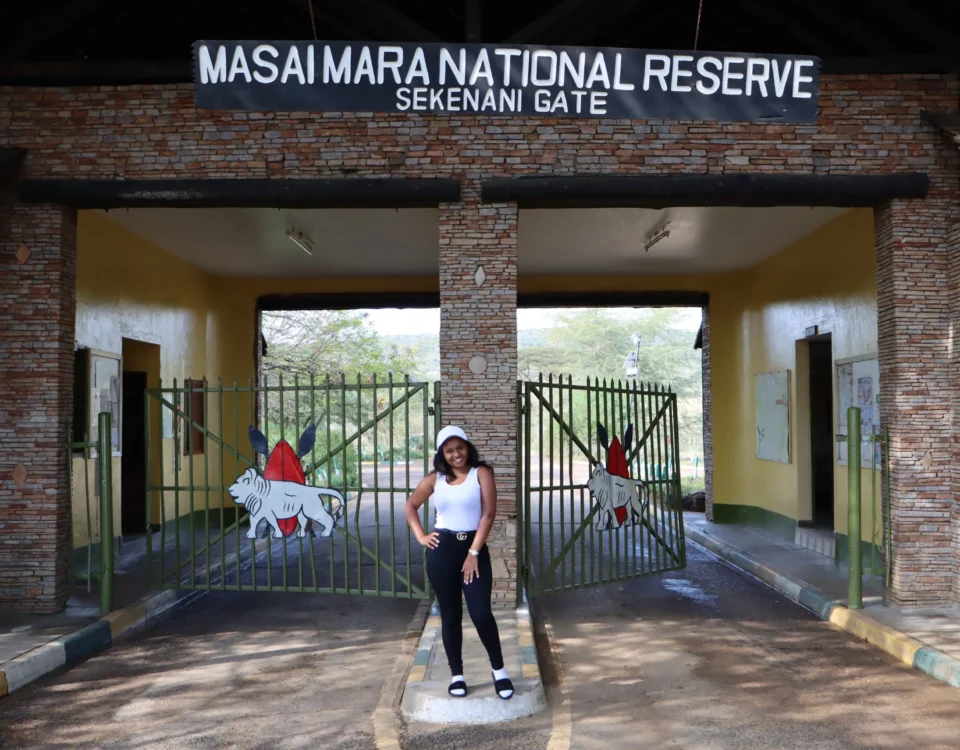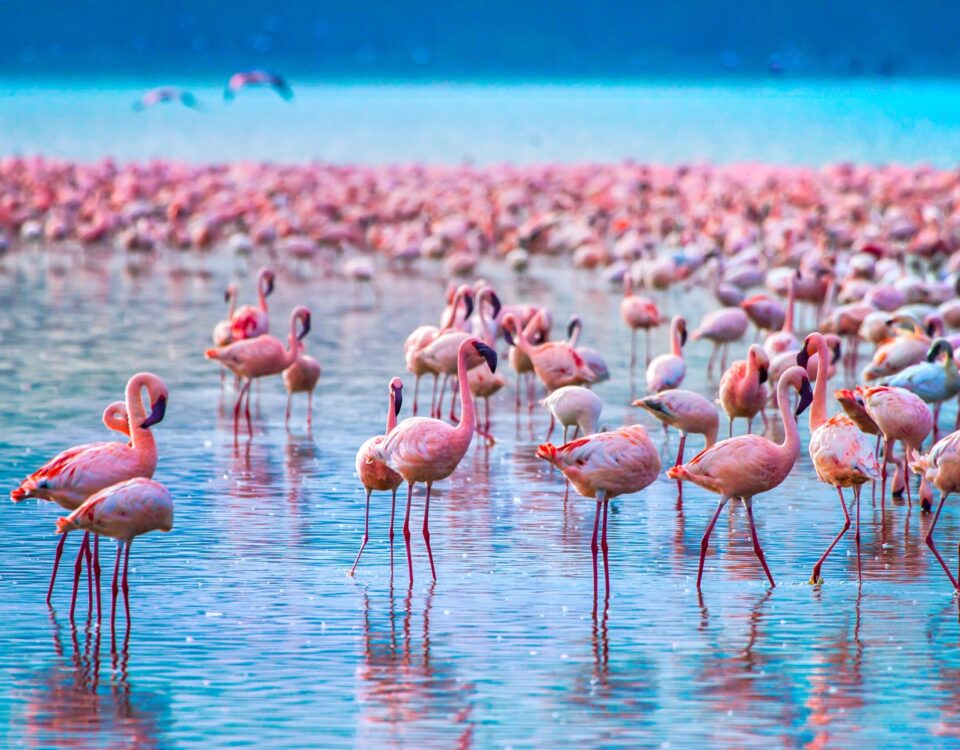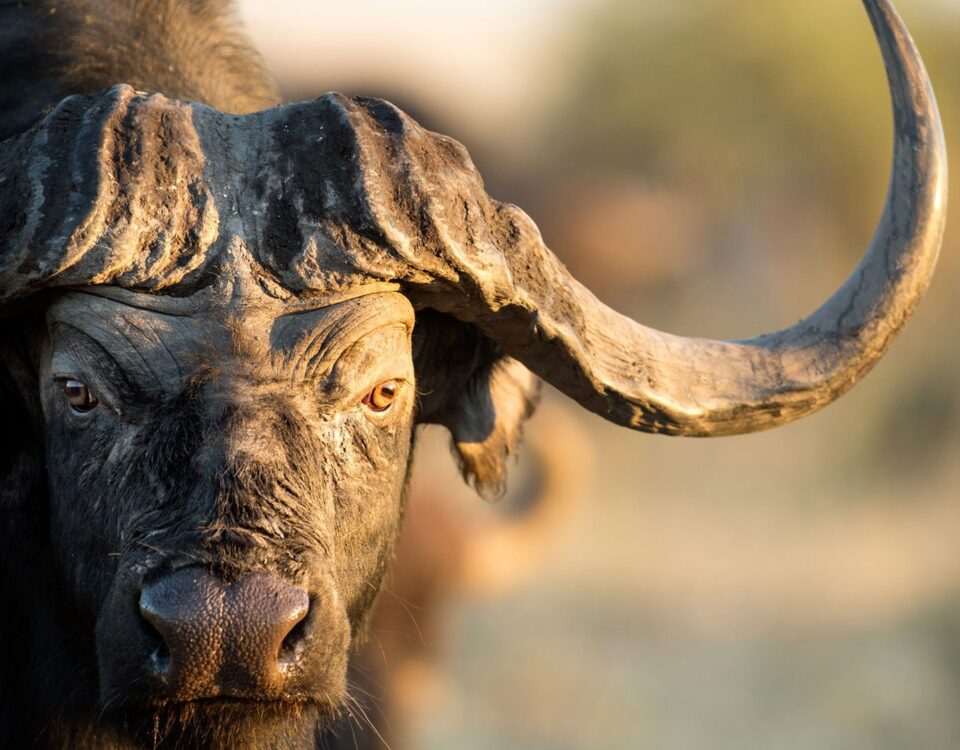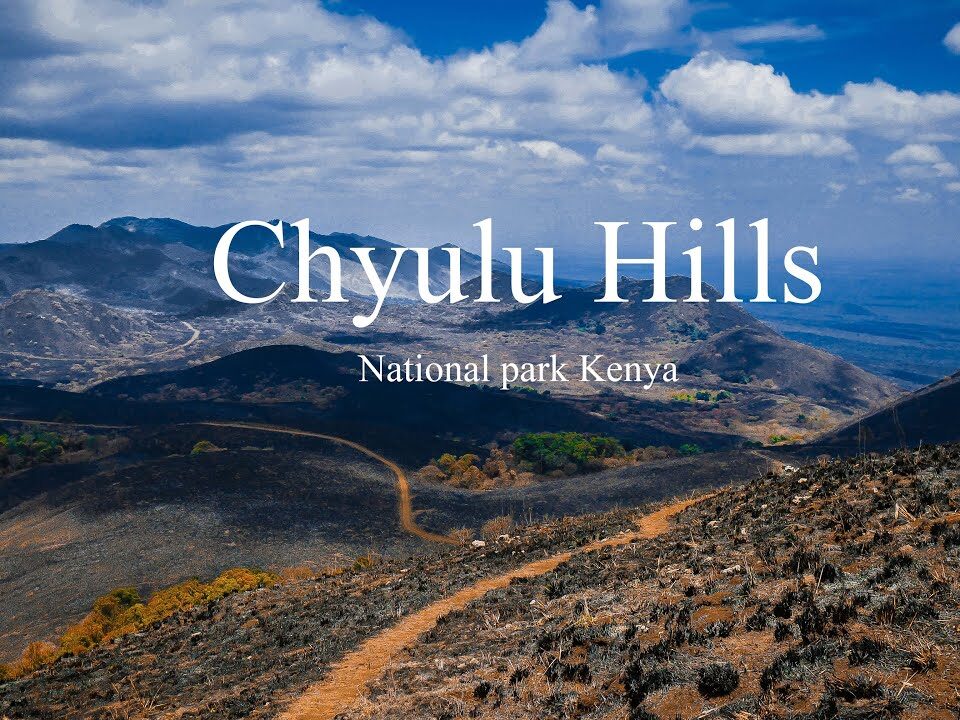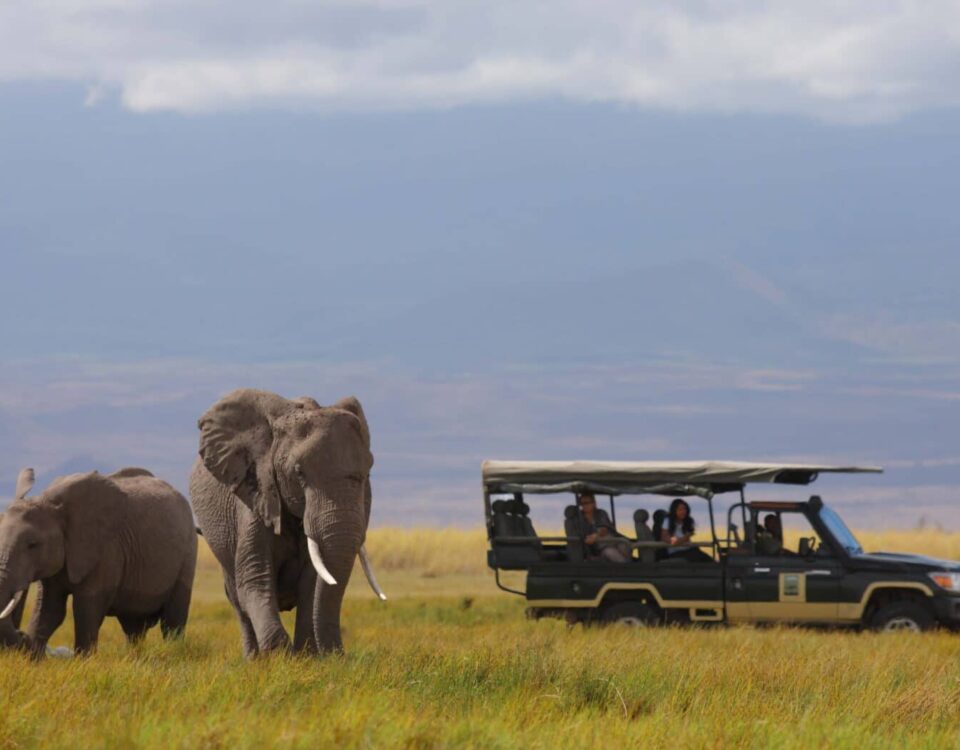Mount Kilimanjaro National Park: A Majestic Peak and Adventurer’s Paradise
Mount Kilimanjaro National Park, located in northeastern Tanzania, is home to one of the most iconic and recognizable peaks in the world—Mount Kilimanjaro. Standing at 5,895 meters (19,341 feet) above sea level, Kilimanjaro is the highest mountain in Africa and the tallest free-standing mountain in the world. This dormant stratovolcano attracts climbers, trekkers, and adventure enthusiasts from around the globe, offering a range of experiences that highlight its unique geological features, diverse ecosystems, and breathtaking landscapes.
Established as a national park in 1973, Kilimanjaro National Park covers an area of approximately 1,668 square kilometers. The park encompasses the mountain itself, as well as the surrounding forest and moorland zones. Its diverse climatic zones range from tropical lowlands to arctic ice fields, providing a variety of habitats and stunning vistas that contribute to the park’s allure.
The Geography and Geology of Kilimanjaro
Mount Kilimanjaro is a geological marvel, consisting of three volcanic cones: Kibo, Mawenzi, and Shira. Kibo, the central and highest peak, features a prominent crater with a flat summit plateau known as the “Uhuru Peak.” Mawenzi and Shira, the other two cones, offer dramatic and rugged landscapes that contribute to the mountain’s striking profile.
The mountain’s formation is the result of volcanic activity over millions of years. Kilimanjaro’s geological history includes several volcanic eruptions, with the most recent being around 360,000 years ago. The combination of lava flows, volcanic ash, and glacial activity has shaped the mountain’s current appearance. This unique geological structure creates a diverse range of landscapes, from lush rainforests at the base to arctic-like conditions at the summit.
The Climatic Zones of Kilimanjaro
Kilimanjaro’s ascent takes climbers through five distinct climatic zones, each offering a different experience:
- Montane Forest Zone (800 to 1,800 meters): The lower slopes of Kilimanjaro are covered in dense montane forest. This lush, tropical forest is home to diverse flora and fauna, including endemic bird species, monkeys, and unique plant species like the giant heather.
- Moorland Zone (1,800 to 4,000 meters): As the trek ascends, the forest gives way to the moorland zone. This area features a fascinating array of vegetation, including giant lobelias, alpine flowers, and mosses. The landscape here is characterized by rolling hills, rocky outcrops, and expansive views.
- Highland Desert Zone (4,000 to 5,000 meters): Above the moorland, the environment becomes more arid and rocky. The highland desert zone is marked by sparse vegetation, extreme temperatures, and dramatic, barren landscapes. This zone offers stunning views of the surrounding terrain and the glacier-capped peak.
- Arctic Zone (5,000 to 5,895 meters): Nearing the summit, climbers enter the arctic zone, where temperatures drop significantly and the landscape becomes dominated by ice and snow. The summit ice fields and glaciers create a stark contrast with the surrounding desert-like terrain, providing a breathtaking and otherworldly experience.
- Summit (Uhuru Peak): At 5,895 meters, Uhuru Peak represents the highest point of Kilimanjaro and the culmination of the climbing journey. From this vantage point, climbers are rewarded with panoramic views of the surrounding landscape and, on clear days, distant horizons stretching into Kenya and beyond.
Trekking Routes on Mount Kilimanjaro
Mount Kilimanjaro offers several trekking routes, each with its own unique characteristics and advantages:
- Marangu Route: Often referred to as the “Coca-Cola Route,” the Marangu Route is one of the most popular and well-established paths. It is known for its relatively moderate gradient and hut accommodations. The route typically takes 5 to 6 days to complete and offers a gradual ascent through lush forest, moorland, and high-altitude desert.
- Machame Route: Known as the “Whiskey Route,” the Machame Route is favored for its scenic beauty and challenging terrain. This route takes 6 to 7 days to complete and includes a range of landscapes, from dense forest to alpine desert. The Machame Route is considered more demanding than Marangu but offers a more immersive trekking experience.
- Lemosho Route: The Lemosho Route is renowned for its scenic diversity and higher success rates due to its longer duration. Spanning 7 to 8 days, this route begins on the western side of the mountain and provides stunning views, varying landscapes, and opportunities for acclimatization. It is a less crowded option that offers a more tranquil experience.
- Rongai Route: The Rongai Route approaches Kilimanjaro from the northern side and is known for its relative isolation and less strenuous ascent. This 6 to 7-day route provides a unique perspective on the mountain and its surrounding areas, with diverse landscapes and fewer trekkers.
- Northern Circuit Route: The Northern Circuit Route is the longest and least crowded route, taking 8 to 9 days to complete. It offers a comprehensive traverse of the mountain and its varied ecosystems, providing exceptional views and opportunities for acclimatization. This route is ideal for those seeking a more remote and immersive experience.
Adventure Experiences on Kilimanjaro
In addition to trekking, Kilimanjaro offers a range of adventure experiences that highlight the mountain’s unique features:
- Climbing Kilimanjaro: The primary adventure experience on Kilimanjaro is the ascent to Uhuru Peak. Climbing the mountain requires physical preparation, acclimatization, and mental determination. Summit attempts typically occur during the early morning hours, and climbers are rewarded with the sunrise over the glaciers and the expansive view from the highest point in Africa.
- Glacier Exploration: The glaciers and ice fields near the summit are a notable feature of Kilimanjaro. While the glaciers have been retreating in recent decades due to climate change, they still offer dramatic and awe-inspiring views. Climbers can witness the ice formations and learn about the impacts of climate change on the mountain’s environment.
- Nighttime Summit Attempt: Many climbers choose to summit Kilimanjaro at night to witness the sunrise from Uhuru Peak. The ascent typically begins in the early evening, with climbers reaching the summit in the pre-dawn hours. This experience offers a unique and memorable view of the sunrise over the African plains.
- Photographic Opportunities: Kilimanjaro’s diverse landscapes and dramatic scenery provide excellent opportunities for photography. From the lush forests at the base to the icy summit, photographers can capture stunning images of the mountain’s various features and the changing environments encountered along the trek.
Comparative Adventure Experiences in Iconic National Parks
Exploring other iconic Tanzanian national parks can complement a visit to Mount Kilimanjaro, offering a range of additional adventure experiences:
- Serengeti National Park: Known for the Great Migration, where millions of wildebeest and zebras traverse the plains in search of fresh grazing lands. Serengeti offers exceptional game drives and the option of hot air balloon safaris, providing a unique aerial view of the park’s vast landscapes and wildlife.
- Ngorongoro Crater: An ancient volcanic caldera that serves as a wildlife haven with high concentrations of species such as black rhinoceroses, lions, and elephants. The crater’s enclosed environment provides impressive wildlife sightings and stunning views of the crater floor.
- Tarangire National Park: Famous for its large elephant herds and distinctive baobab trees, Tarangire offers unique game viewing experiences, particularly during the dry season when wildlife congregates around the Tarangire River.
- Ruaha National Park: A remote and expansive park with significant populations of elephants and lions, as well as a diverse range of other wildlife. Ruaha’s diverse landscapes and low visitor numbers provide an off-the-beaten-path safari experience.
- Lake Manyara National Park: Renowned for its tree-climbing lions and diverse bird species, including flamingos and pelicans. The park’s varied habitats offer a different safari experience with opportunities for both wildlife viewing and scenic beauty.
Conservation Efforts and Challenges
Conservation is a critical focus for Mount Kilimanjaro National Park, with efforts aimed at preserving its unique ecosystems and ensuring sustainable tourism practices. The park faces challenges such as climate change, deforestation, and waste management. Conservation initiatives include monitoring environmental changes, promoting sustainable tourism practices, and working with local communities to reduce the impact of human activities. Efforts are also made to protect the mountain’s glaciers and support research on climate change.
Cultural Encounters and Community Engagement
The area surrounding Mount Kilimanjaro is home to several indigenous communities, including the Chaga people. Cultural tours offer visitors the opportunity to learn about traditional Chaga lifestyles, including agriculture, crafts, and local customs. Engaging with these communities provides insights into their cultural heritage and fosters positive relationships between visitors and local residents. Community-based tourism initiatives help support local economies and promote cultural preservation.
Accommodation Options and Safari Logistics
Mount Kilimanjaro National Park offers a range of accommodation options to suit different preferences and budgets. Options include mountain huts and camps along the trekking routes, as well as luxury lodges and hotels in nearby towns such as Moshi and Arusha. Many lodges and camps provide all-inclusive packages that include meals, transfers, and guided treks. It is advisable to book accommodations and trekking permits in advance, especially during peak travel seasons, to ensure availability and secure the best options for your adventure.
Preparing for Your Kilimanjaro Adventure
Preparing for a Kilimanjaro trek involves physical training, mental preparation, and logistical planning. Climbers should engage in regular aerobic and strength training exercises to build endurance and stamina. Acclimatization is crucial for a successful summit attempt, so choosing a trekking route that allows for gradual ascent and proper acclimatization is important. Additionally, travelers should pack appropriate clothing, including layered garments for varying temperatures, as well as essential gear such as trekking poles, a headlamp, and a sleeping bag rated for cold temperatures.
Wildlife Photography Tips
Wildlife photography on Kilimanjaro offers opportunities to capture both the mountain’s stunning landscapes and its unique ecosystems. To photograph the diverse environments effectively, consider using a camera with interchangeable lenses to capture both wide-angle vistas and detailed close-ups. Early morning and late afternoon provide the best lighting for capturing the mountain’s dramatic scenery. Patience and careful observation are key to capturing the perfect shot, whether it’s the glaciers glistening in the sunlight or the panoramic views from the summit.
The Best Time to Visit Kilimanjaro
The optimal time to visit Mount Kilimanjaro depends on the weather conditions and your trekking preferences. The dry seasons, from June to October and January to March, are ideal for climbing, as the weather is generally clear and stable, and the trails are less muddy. The wet seasons, from April to May and November to December, bring heavier rainfall and can make the trails more challenging. However, the wet seasons also offer fewer crowds and lower accommodation rates, providing a more serene trekking experience.
Conclusion
Mount Kilimanjaro National Park stands as a testament to nature’s grandeur and offers an unparalleled adventure experience. Its diverse climatic zones, striking geological features, and breathtaking landscapes make it a premier destination for trekkers and adventure seekers. From the challenging ascent to Uhuru Peak and exploration of the mountain’s glaciers to the rich cultural encounters with local communities, Kilimanjaro delivers an unforgettable journey. Complementing your Kilimanjaro adventure with explorations of other iconic Tanzanian national parks can provide a comprehensive and diverse safari experience, showcasing the incredible natural beauty and wildlife of Tanzania. With careful preparation and respect for the environment, a trek to Kilimanjaro promises an epic and rewarding adventure that will leave a lasting impression.
- All
- Africa Safaris
- Botswana Safari Destinations
- Botswana Safaris
- Burundi Safari Destinations
- Burundi Safaris
- Bwindi Gorilla Trekking Safari
- DR Congo Safaris
- Kenya Safari Destinations
- Kenya Safaris
- Namibia Safari Destinations
- Namibia Safaris
- Rwanda Safari Destinations
- Rwanda Safaris
- Seychelles Safaris
- South Africa Safari Destinations
- South Africa Safaris
- Tanzania Safari Destinations
- Tanzania Safaris
- Uganda Gorilla Trekking
- Uganda Safari Destinations
- Uganda Safaris
- Zambia Safaris
- Zanzibar Safaris

